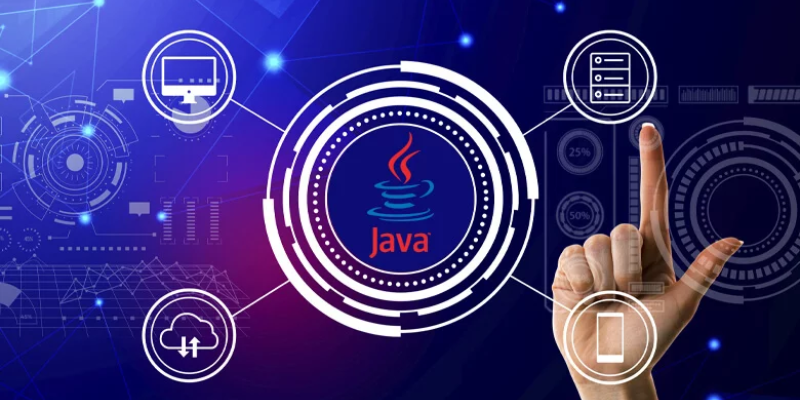
In Java, one of the most powerful tools for achieving abstraction and flexibility in code is the interface. Interfaces provide a blueprint for classes to follow, allowing developers to define what a class should do, but not how it should Read More …

In Java, one of the most powerful tools for achieving abstraction and flexibility in code is the interface. Interfaces provide a blueprint for classes to follow, allowing developers to define what a class should do, but not how it should Read More …

Java design patterns offer proven solutions to common software development problems. They make code more flexible, reusable, and easier to manage. Whether you’re building large-scale enterprise applications or simple Java utilities, understanding design patterns can take your programming to the Read More …

Java, being an Object-oriented Programming Language, offers numerous features and functionalities. It is platform-independent, which means that it can be run on any computer system without the need for recompiling the code. Java Virtual Machine (JVM) is the core component Read More …

Java is widely utilized in web development, particularly for server-side operations. Java web applications are internet-based distributed applications that enable interaction through dynamic web pages. The Java EE (Enterprise Edition) platform offers diverse Java technologies for web development, providing services Read More …

Introduction: Java is an object-oriented programming (OOP) language that makes it one of the most appealing languages. OOP offers a simple modular structure that makes it easier to solve complex problems. Its modular architecture makes it easier for programmers to Read More …

Java is one of the technologies that is used in developing apps that are used to manage the code which can be executed on mobile devices. A developer can be able to create multiple Java apps for Android. To know Read More …